WHS Biology Class Completes Study of Cells & Cell Transportation Systems
Students Use Eggs to Study Diffusion/Osmosis; Agar to Create Cells
Students in Mr. Shannon’s biology class finished their study of cells and cell transportation systems by studying the effects of diffusion and osmosis.
On day two, students placed one of the eggs in distilled water and the second in clear corn syrup, leaving them to react for another 24 hours. On day three, students observed the eggs to see what changes occurred. They discovered that the egg placed in distilled water swelled in size, due to osmosis, which is the process when water is transferred from areas of high concentration to areas of lower concentration. The egg, having a lower water concentration, absorbed the water, causing it to swell. The second egg, submerged in clear corn syrup, experienced osmosis but in a different way. The egg, which has a higher concentration of water than the syrup, loses water to the syrup, which causes the egg to deflate.
In the second experiment, students created “cells” from nutrient agar, which is used to grow bacteria. The students learned in previous chapters that the cell is limited in how large it can grow by its surface area to volume ratio. The closer the ratio gets to 1, the less a cell is able to diffuse valuable nutrients into the cell to survive. The students created four cells, each representing a different sized cell. The gel was embedded with a chemical that would change color when an acid was added to it.
The cells were submerged in hydrochloric acid for 10 minutes and the students observed the rate of diffusion of the acid into each cell. Students were able to visually see that the smaller cells were able to completely dissolve the acid throughout the cell, while the larger cells were only able to diffuse nutrients a small distance into the cell. This would limit the cell’s ability to survive due to its inability to adequately receive the nutrients necessary to survive.


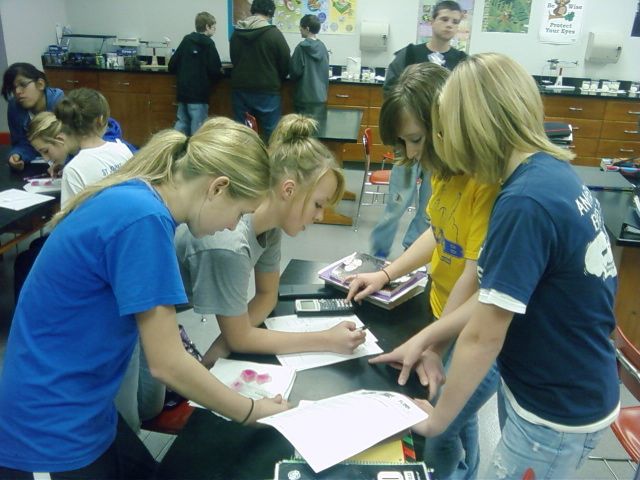
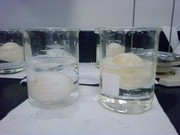
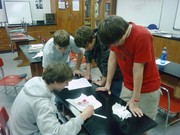
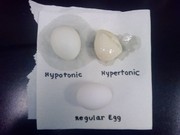
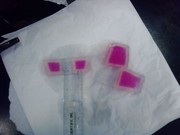
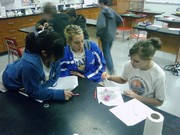
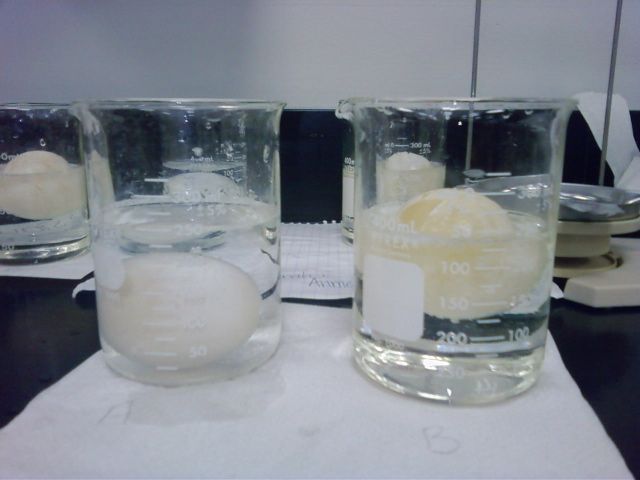 Launch the media gallery 2 player
Launch the media gallery 2 player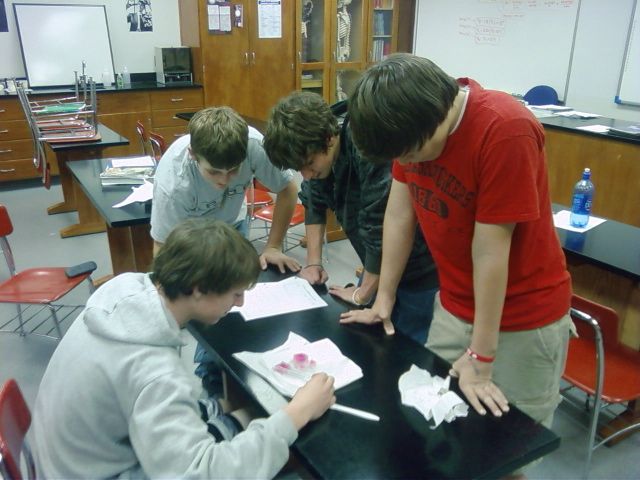 Launch the media gallery 3 player
Launch the media gallery 3 player